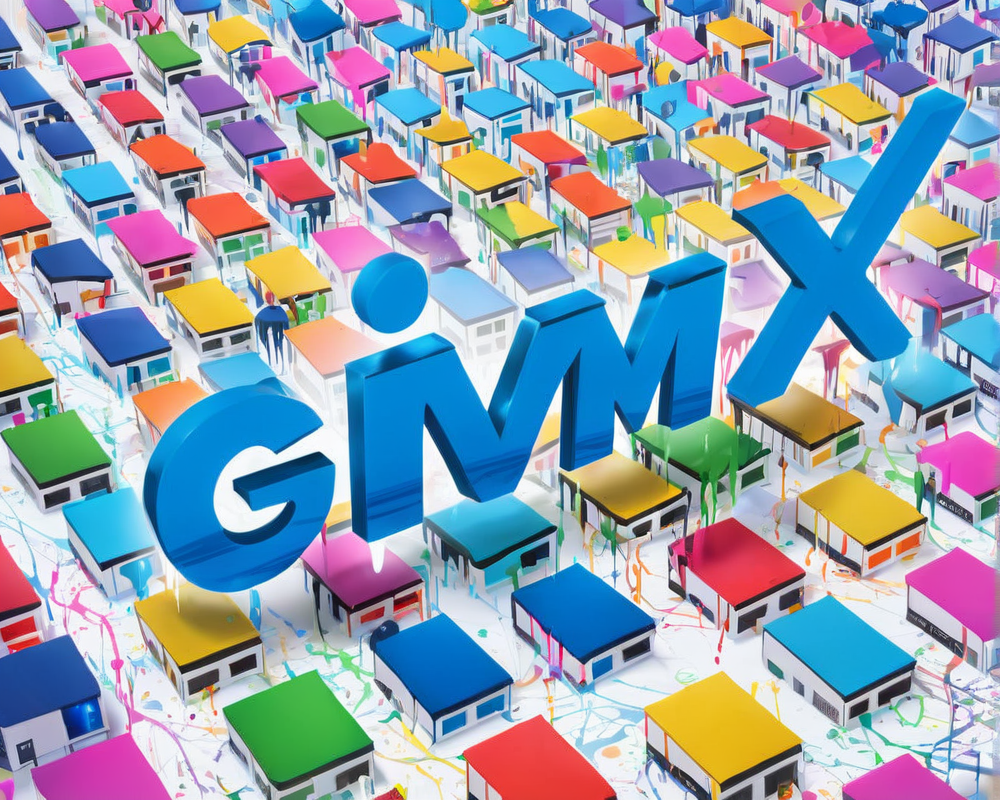GMX’s Meteoric Rise
On December 1st, crypto enthusiasts were buzzing as the price of GMX skyrocketed to an impressive $54.50, marking its second-highest value in history. Thanks to a surge that began on November 29 from a more humble $40.50, traders were keenly watching its every move. This price rally coincided with some positive buzz from the folks over at Delphi Digital, who highlighted GMX’s potential as a formidable player against the reigning champ, Uniswap.
Fee Frenzy: GMX vs. Uniswap
For the first time, GMX out-earned Uniswap in daily trading fees, raking in $1.15 million compared to Uniswap’s $1.06 million on November 28. It’s like the tortoise winning the race, and traders didn’t even see it coming. This jump in buying sentiment propelled GMX’s price upward by a dramatic 35%, leaving some traders wondering if they underestimated the decentralized exchange’s budding prowess.
Market Sentiment: The FTX Aftermath
The winds of change are blowing through the crypto world, and GMX has been riding that wave like a pro surfer. The collapse of centralized exchanges, epitomized by the infamous FTX debacle, has sparked a growing mistrust of these platforms. With GMX’s revenue climbing 107% to $5 million in November, driven by a 128% increase in annualized trading volume and a 31% rise in daily active users, it’s no wonder that traders are shouting GMX from the rooftops!
Decentralized Dividends: A Game-Changer
One key differentiation for GMX is its tokenomics. Approximately 30% of trading fees are funneled back to GMX token holders, creating an incentive for loyalty that Uniswap’s UNI token holders can only dream about. Analyst Zen pointed out that this could be the secret sauce behind GMX’s thriving performance. As trading becomes more volatile, the numbers suggest that holders of GMX are not just surviving but thriving.
The Road Ahead: Technical Analysis and Predictions
While the GMX bulls are stampeding in one direction, technical indicators suggest caution in the near term. Currently testing a multi-month ascending trendline resistance, there’s potential for a pullback. Traders should brace themselves for a possible decline towards the ascending trendline support around $42. With selling pressure growing around $53, a dip of nearly 20% could be on the horizon. That’ll teach us to count our chickens before they hatch!
This article is not a recommendation, investment advice, or a get-rich-quick scheme. Remember, every investment carries its own risks, so make sure you channel your inner detective when conducting research!




